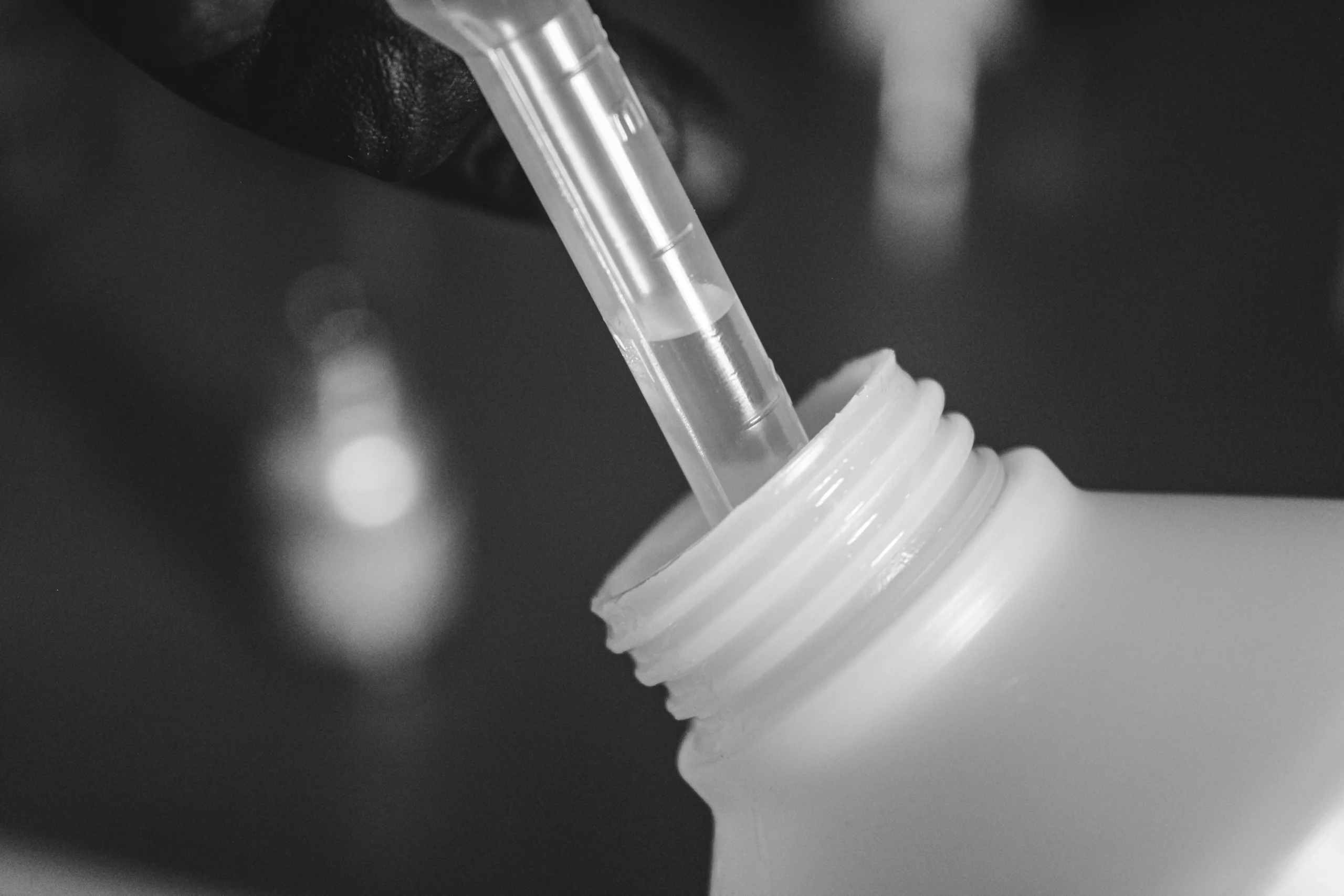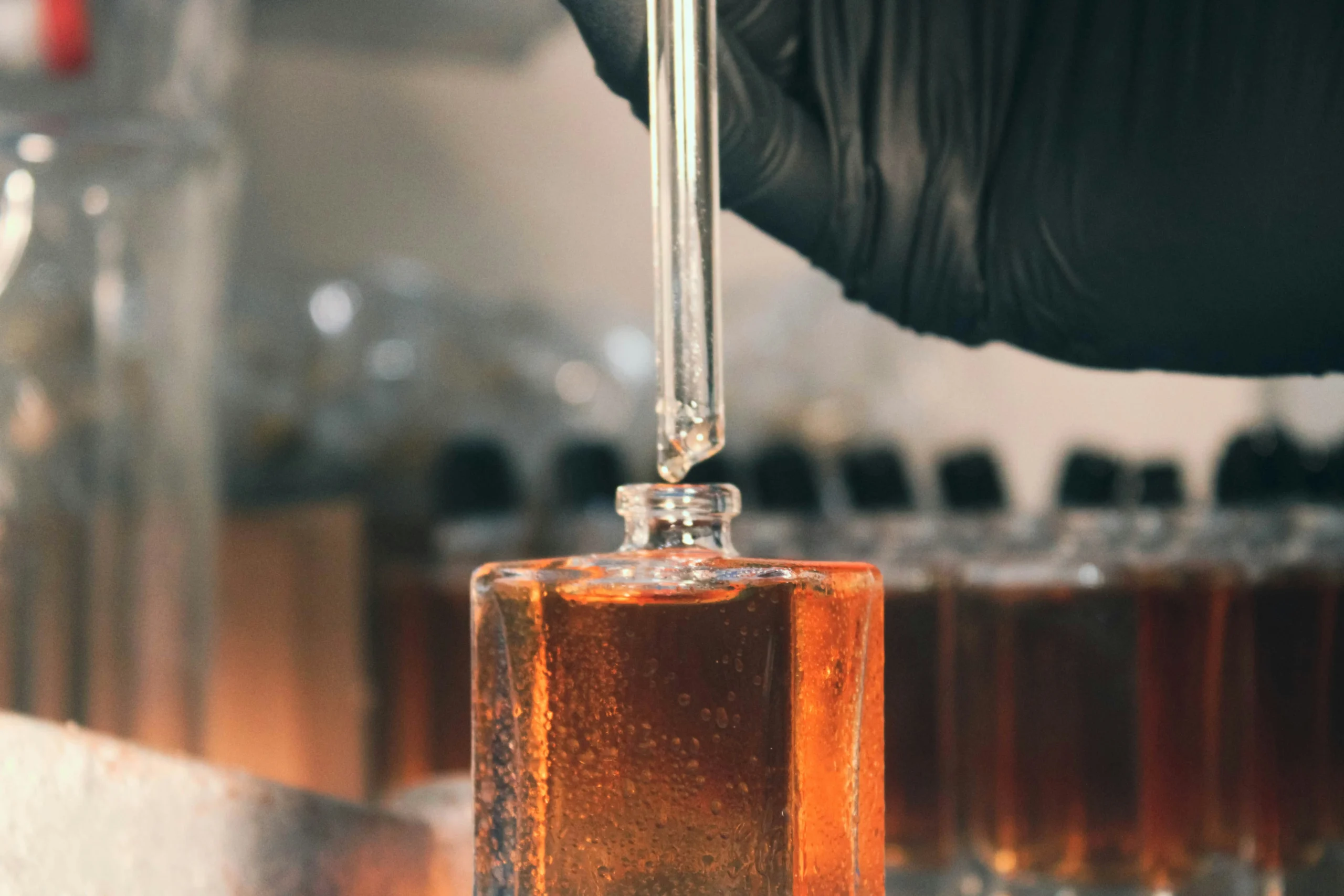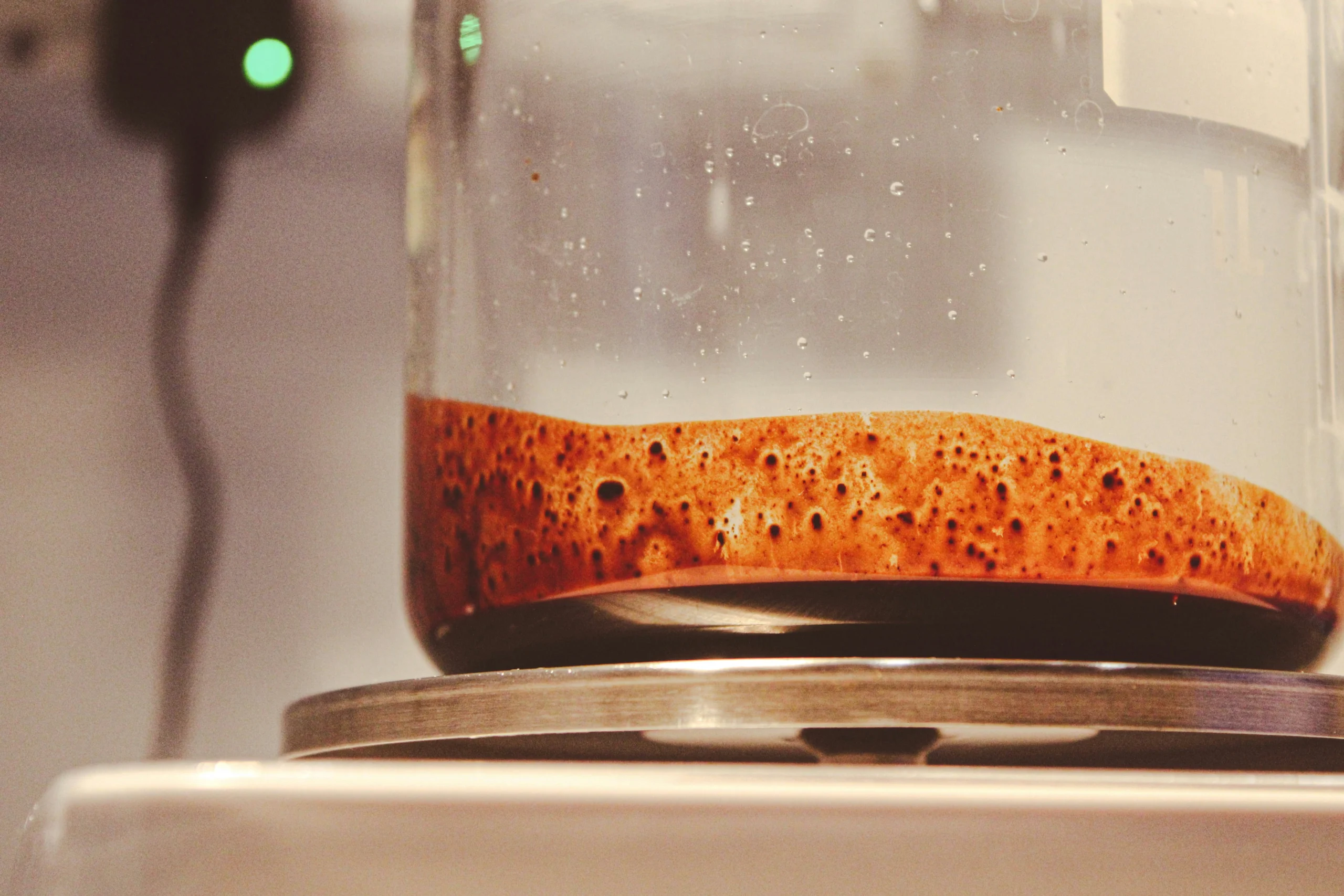Psilocin, a naturally occurring psychedelic compound found in certain mushrooms, has gained attention in recent years for its potential therapeutic benefits in treating mental health conditions such as depression, anxiety, and PTSD. Research suggests that psilocin may help individuals foster a deeper sense of connection with themselves and others, providing a unique perspective that can lead to personal growth and transformation. While still a subject of ongoing studies and regulatory scrutiny, psilocin’s potential impact on mental well-being underscores the importance of exploring new avenues for addressing the challenges of modern life.
Table of Contents:
- 💡 Commercial Applications
- ⚗️ Chemical & Physical Properties
- 🏭 Production & Procurement
- ⚠️ Safety Considerations
- 🔬 Potential Research Directions
- 🧪 Related Compounds
💡 Commercial Applications
Psilocin, a naturally occurring psychedelic compound found in certain hallucinogenic mushrooms, has limited commercial and industrial applications due to its psychoactive effects. However, it is sometimes utilized in scientific research and in the production of certain pharmaceuticals. Psilocin may also have potential applications in the field of neuroscience for studying the effects of psychedelics on the brain.
In terms of drug and medication applications, psilocin has been studied for its potential therapeutic effects in various mental health conditions. Research has shown promise in using psilocin, along with therapy, to treat conditions such as depression, anxiety, and PTSD. Some clinical trials have also explored its potential in treating addiction and chronic pain, although more research is needed to fully understand its medical applications.
While the recreational use of psilocin-containing mushrooms is well-documented, it is important to distinguish between its potential therapeutic benefits and the risks associated with its misuse. As with any psychoactive substance, psilocin should be used carefully under the guidance of medical professionals to minimize the risk of adverse effects. The legal status of psilocin and its derivatives can vary greatly depending on the country and region, further complicating its potential commercial and medical applications.
⚗️ Chemical & Physical Properties
Psilocin, a hallucinogenic compound derived from certain mushrooms, typically appears as a white to yellowish crystalline powder with a characteristic earthy odor. This compound is known for its psychoactive effects on the brain, which can induce altered states of consciousness and visual hallucinations.
With a molar mass of approximately 204.3 g/mol and a density of around 1.30 g/cm³, psilocin falls within the range of many common food items such as salt and sugar in terms of molar mass and density. However, its psychoactive properties distinguish it from these food items and render it a controlled substance in many jurisdictions.
Psilocin has a relatively low melting point of about 173-176°C and a boiling point of approximately 235-240°C. In comparison to common food items like butter or chocolate, psilocin exhibits higher melting and boiling points, reflecting its more complex molecular structure and the need for higher temperatures to induce a phase change.
Psilocin is sparingly soluble in water but more soluble in organic solvents such as ethanol. It has a relatively low viscosity, similar to that of water, making it easy to dissolve in various liquids for consumption. This contrasts with many common food items that may have higher solubility in water and varying viscosities depending on their composition.
🏭 Production & Procurement
Psilocin is a hallucinogenic compound derived from certain types of magic mushrooms. In nature, Psilocin is produced through a biochemical process in which the precursor compound psilocybin is dephosphorylated by enzymes in the mushroom. This conversion results in the formation of Psilocin, which is responsible for the psychoactive effects experienced by individuals consuming magic mushrooms.
The procurement of Psilocin for recreational or research purposes typically involves the cultivation and extraction of Psilocybe mushrooms. These mushrooms contain varying concentrations of Psilocin and can be harvested for their psychoactive compounds. Once obtained, Psilocin can be purified through various extraction methods to isolate the compound from other components of the mushroom.
In terms of transport, Psilocin is often found in its liquid or powder form for ease of handling and concealment. In illicit markets, Psilocin may be trafficked through different means, such as clandestine shipments or distribution networks. Due to legal restrictions on Psilocin in many jurisdictions, its transport and sale are often carried out discreetly to avoid detection by authorities.
⚠️ Safety Considerations
Safety considerations for Psilocin include a number of key factors. Firstly, Psilocin is a potent hallucinogen and can cause strong psychological effects, including altered perception, mood changes, and potential anxiety or panic reactions. It is essential to consider the mental health of individuals consuming Psilocin and to provide a safe, supportive environment for their experience. Additionally, Psilocin can also have physical effects such as increased heart rate, elevated blood pressure, and potential nausea. It is important to monitor individuals closely during their experience to ensure their physical well-being.
Hazard statements for Psilocin include the classification as a hazardous substance due to its potential to cause harm to both mental and physical health. Psilocin is known to have psychoactive effects that can lead to altered states of consciousness and perception, which may be distressing or overwhelming for some individuals. It is important to handle Psilocin with caution and to minimize exposure to vulnerable populations such as pregnant women, individuals with pre-existing mental health conditions, or those with a history of substance abuse.
Precautionary statements for Psilocin include the need to handle the substance with care and to avoid ingestion or inhalation. It is important to use appropriate personal protective equipment such as gloves, goggles, and a laboratory coat when working with Psilocin to prevent skin contact or eye exposure. Proper ventilation should be maintained in areas where Psilocin is handled to reduce the risk of inhalation. In case of accidental exposure, it is important to seek medical attention immediately and to provide information on the substance to healthcare professionals for appropriate treatment.
🔬 Potential Research Directions
Research on Psilocin, the active compound found in certain psychedelic mushrooms, has been gaining momentum in recent years. One potential direction for further investigation is the elucidation of its mechanism of action at the molecular level, particularly its interaction with serotonin receptors in the brain.
Another promising avenue of research is exploring the therapeutic potential of Psilocin in treating mental health disorders such as depression, anxiety, and PTSD. Preliminary studies have shown promising results in this area, highlighting its potential as a novel treatment option.
Furthermore, researchers may also be interested in examining the long-term effects of Psilocin use, including its impact on brain function, behavior, and overall well-being. Understanding these potential risks and benefits is crucial for informing public health policies and clinical practice.
🧪 Related Compounds
One compound that bears structural similarity to Psilocin is Bufotenin. Also known as 5-HO-DMT, Bufotenin is a psychoactive tryptamine alkaloid that is found in various plants and toad secretions. Like Psilocin, Bufotenin acts as a serotonin receptor agonist, leading to alterations in perception, mood, and cognition in humans.
Another compound with a similar molecular structure to Psilocin is DMT, or N,N-Dimethyltryptamine. DMT is a powerful hallucinogenic substance that is naturally occurring in various plants and animals. Like Psilocin, DMT exerts its effects through interactions with serotonin receptors in the brain, altering consciousness and producing vivid hallucinations.
Another compound that shares structural similarities with Psilocin is 5-MeO-DMT, or 5-Methoxy-N,N-dimethyltryptamine. 5-MeO-DMT is a potent psychedelic compound found in certain plants and toad secretions. Like Psilocin, 5-MeO-DMT acts as a serotonin receptor agonist, resulting in profound alterations in perception and consciousness when ingested.





